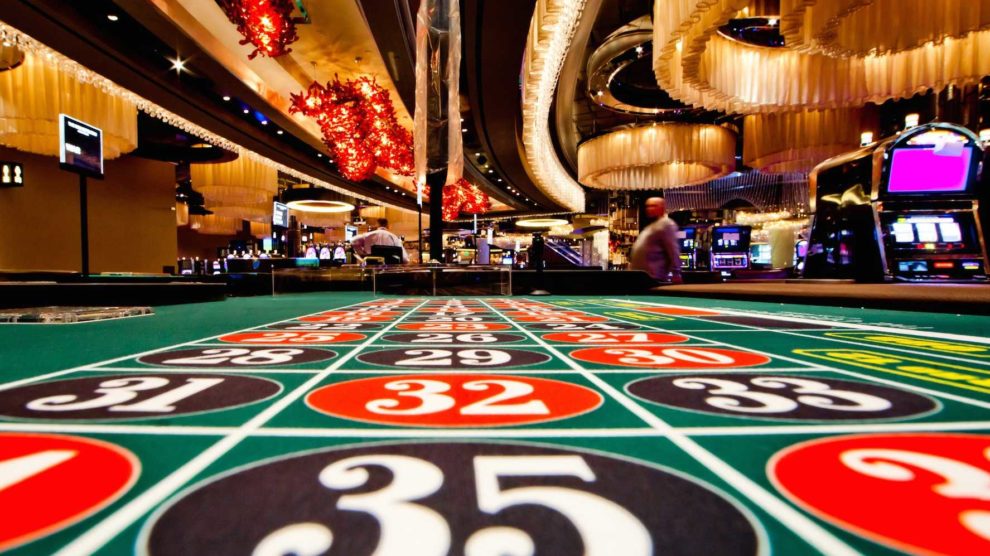
In the world of casino games, very few skills are as essential and enigmatic as the art of bluffing. Honing the skill to convincingly depict a fabricated story can be the difference between a modest win and a life-changing jackpot. Bluffing is not just about trickery; it involves a profound understanding of people’s minds, strategy, and the interactions of the tables. Whether you’re playing Texas Hold’ em, Omaha, or various other popular variants, the subtleties of bluffing can elevate your game and keep your opponents on their toes.
As players gather around the table, the stakes escalate, and the tension thickens. It is in this charged atmosphere that the true mastery of bluffing emerges. Knowing when to set a trap, when to fold, and when to execute a calculated bluff requires an keen awareness of both your own hand but also the actions and tendencies of your opponents. In this exploration of the skill of bluffing, we will explore techniques, psychological tactics, and the delicate interplay of risk and reward that characterize this fascinating aspect of casino games.
Grasping Deceptive Methods
Deception is a essential element of poker that can change the outcome of a game in an instantaneous moment. It entails deceiving your opponents that you hold a better set of cards than you truly do. The key to successful deception is in the nuance of your moves. A properly performed bluff requires a thorough understanding of your rivals’ tendencies and the nature of the game environment. Knowing when to deceive demands assessing the value of your cards and assessing if the risk is balanced by the likely reward.
There are numerous techniques employed by poker enthusiasts to improve their deceptive approach. One common method is the partial bluff, where a player bets with a set that is not at present the highest but has the ability to strengthen. This approach allows players to increase a pot while still holding the possibility of a better hand in future rounds. FB88 Additionally, the old adage "timing is everything" is valid in poker. Deceiving at the appropriate times, such as when the table presents an unfavorable scenario for your rivals, can make your bluff much more convincing.
Reading your competition is an crucial ability for any winning deceiver. Watch for behavioral patterns that show whether a gambler is bold or unsure. Subtle changes in posture, wagering patterns, and response times can provide valuable clues. Additionally, understanding the mindset of the game allows players to modify their approaches. A successful bluff not only depends on the cards in hand but also on the overall narrative you develop throughout the session, leading your opponents to challenge their own judgments and decisions.
Psychology Behind Bluffing
Bluffing in poker is primarily rooted in the mental dynamics of both the bluffer and the rival. Casino FB88 At its core, bluffing takes advantage of the doubt and fear of loss that players feel. Successful bluffers understand that their opponents are not just reacting to the hand, but also to the assumed confidence and behavior of their rival. By projecting strength through bet sizes and physical cues, a player can manipulate their opponents into folding stronger hands, taking advantage of the mental pressure established in the moment.
Managing emotions is a crucial aspect of successful bluffing. Players must manage their own feelings while also reading the reactions of their opponents. A good bluffer stays calm and collected, keeping away from any signs of nervousness or doubt. This emotional stability helps to strengthen the narrative of strength they are trying to project. Conversely, opponents who sense fear or uncertainty are more likely to challenge a bluff. Therefore, the capacity to maintain calmness under stress is a vital psychological skill for every effective poker player.
Grasping the mental state of the opponent is equally important in the art of bluffing. Every player brings their own set of preconceptions, preferences, and experiences to the table, which can affect their decisions. A keen observer will evaluate their opponents’ playing styles and habits, making informed assumptions about how they might react to a bluff. By adjusting their approach based on these observations, bluffers can improve their success and boost the likelihood of realizing their desired outcome, highlighting the idea that successful poker is as much about psychology as it is about the gameplay.
Examples of Famous Bluffs
One of the very notable bluffs in poker history took place during the 1999 World Series of Poker final table featuring the legendary Phil Ivey. Confronting a formidable opponent, Ivey was holding an unimpressive hand while his rival appeared to have a strong set. With carefully considered confidence, Ivey pushed all his chips into the pot, a move that created shockwaves through the table. His opponent, intimidated by the pressure of Ivey’s reputation and the sheer force of the bet, ultimately folded, allowing Ivey to win the pot without revealing his cards. This moment exemplifies how a well-timed bluff can leverage mental pressure to secure victory.
A further example occurred at the 2003 World Series of Poker, where amateur player Chris Moneymaker caused a fold from professional player Sam Farha. Moneymaker held a poor hand yet expertly portrayed strength, culminating in a large bet on the river that had Farha doubting his own holding. The intensity at the table escalated as Moneymaker maintained a calm demeanor, leading Farha to critically evaluate the situation before choosing to fold a superior hand. This pivotal bluff not only marked Moneymaker’s rise to fame but also illustrated how a novice can outsmart seasoned professionals with the right mix of courage and strategy.
Finally, one of the best effective bluffs in tournament history can be credited to Gus Hansen during the 2007 Aussie Millions Poker Championship. Hansen played aggressively, often using his reputation as a wild player to instill doubt in his opponents’ minds. During a key hand, he found himself with a low pair against an opponent who had displayed previous strength. By placing a massive bet that signaled a strong hand, Hansen compelled his opponent into a tough decision. After a lengthy deliberation, his rival folded, and Hansen revealed his weaker cards, demonstrating how a blend of reputation and strategic bluffing can turn the tide in critical situations.
